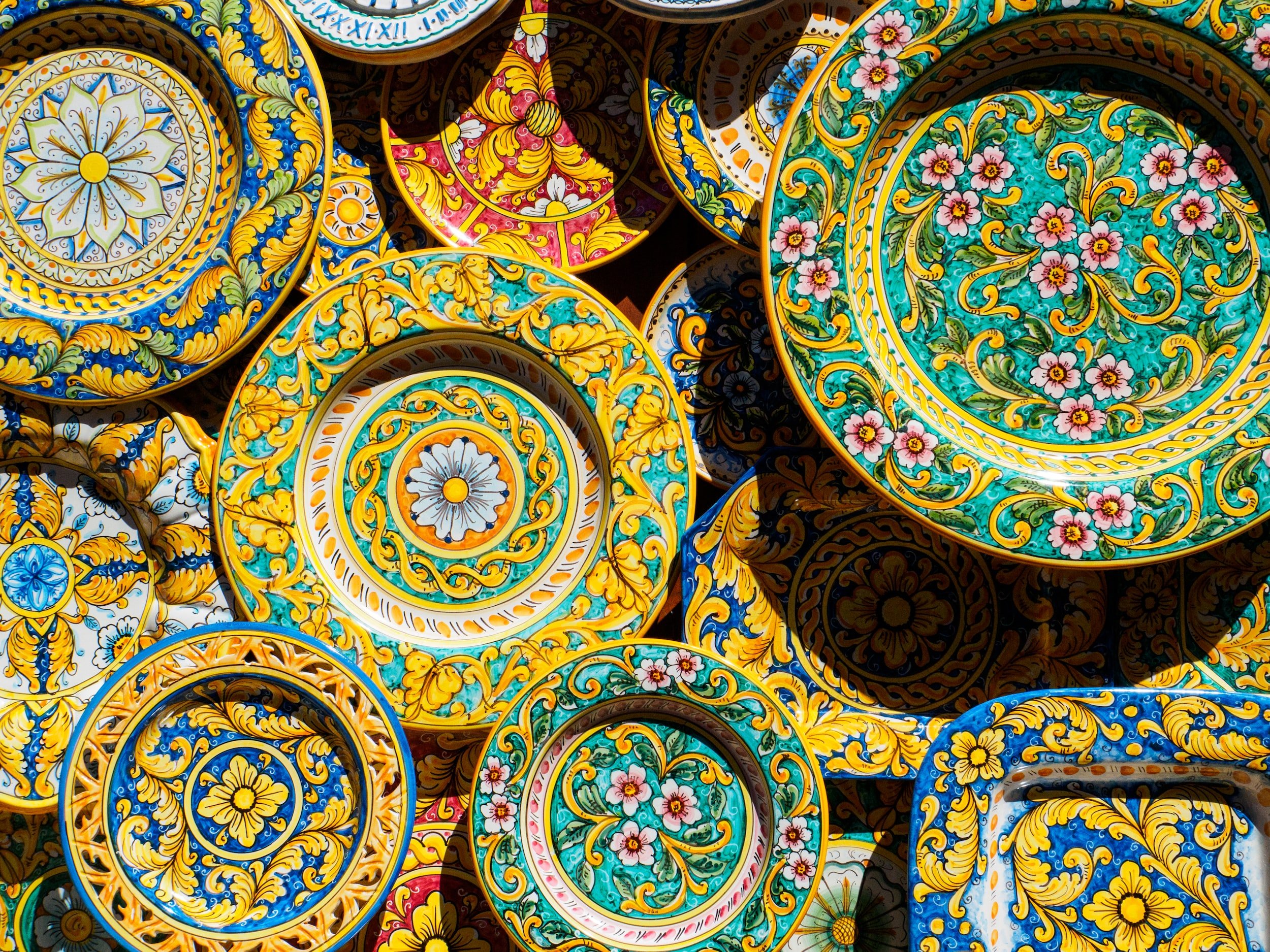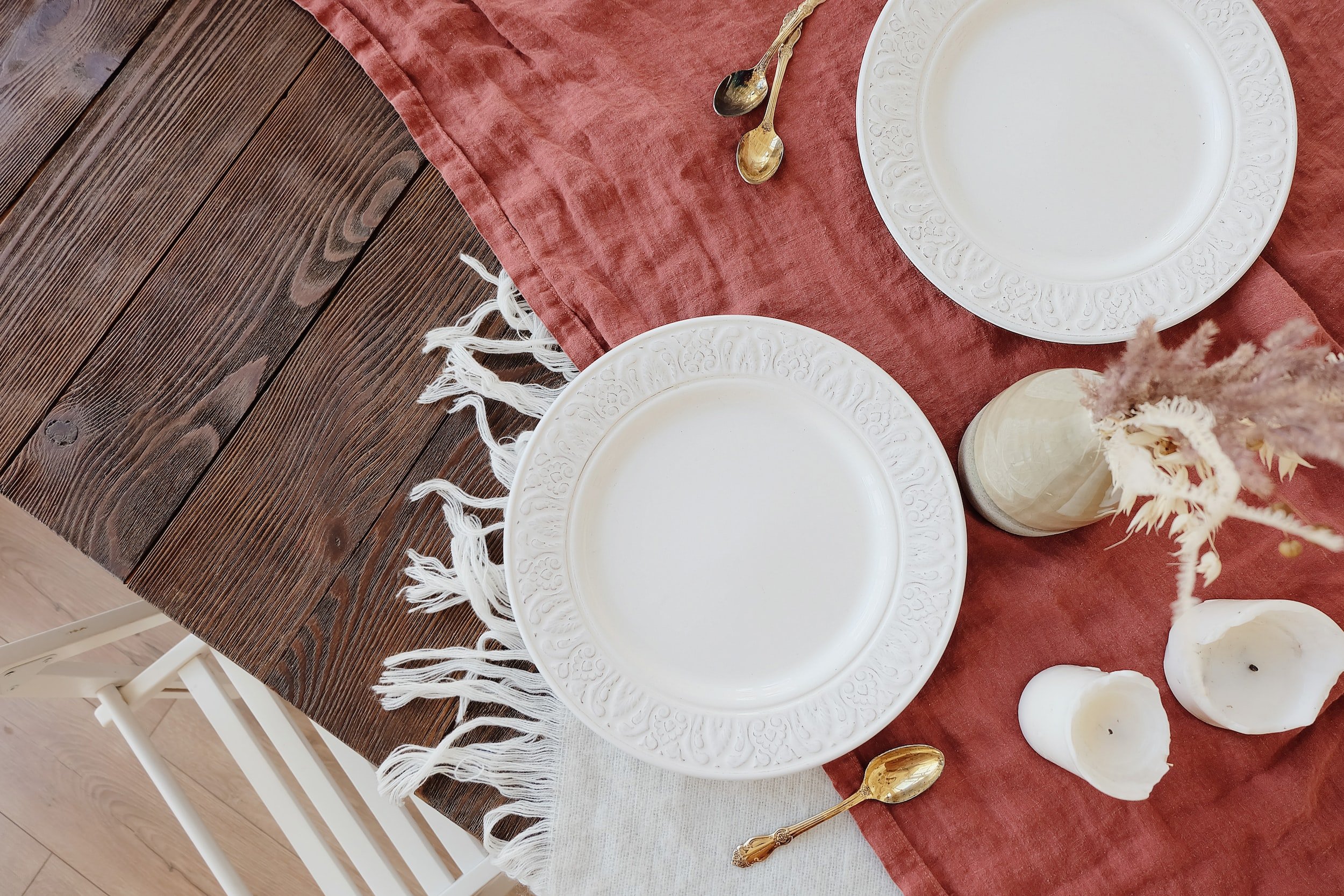History of Ceramic Tableware in Italy
Summary
Italian tableware design has a rich and diverse history reflecting the country's artistic heritage and cultural influence
The Italian Renaissance saw a revival in the arts, including ceramics, with Italian ceramists developing new techniques and styles
In the 20th century, Italian tableware design saw another major evolution with the emergence of modernist and contemporary styles
Italian tableware design continues to be at the forefront of contemporary design, with many of the country's leading brands known for their unique and stylish products.
I. Introduction
Ceramic tableware has a rich history in Italy, dating back to ancient civilizations such as the Etruscans and Romans. Italian ceramics have been an integral part of the country's art and culture for centuries and are highly prized by collectors and enthusiasts. In this article, we will explore the different periods of ceramic production in Italy, from ancient times to the modern era. We will take a look at the techniques, styles and most important brands that have made an impact on the history of ceramic tableware in Italy.
II. Ancient Italy
The Etruscans, who lived in central Italy between the 8th and 3rd centuries BCE, were known for their pottery-making skill. They produced various ceramics, from everyday household items to highly decorated pieces for religious and ceremonial use. Their ceramics were characterized by red or black slip and geometric designs. The Romans, who conquered the Etruscans in the 3rd century BCE, continued producing ceramics in a different style. Roman ceramics were known for their high-quality, fine-grained clay and various colours, such as red, yellow, and black. Many Roman ceramics also featured figurative and narrative designs. Unfortunately, there were no specific brands or workshops that were recorded during this period.
III. Medieval Italy
During the medieval period, ceramic production in Italy was heavily influenced by Byzantine and Islamic cultures. In southern Italy, ceramic workshops produced a wide range of wares, including fine tableware, using the techniques and styles of Byzantine pottery. On the island of Sicily, Islamic ceramic traditions were incorporated into ceramics production. However, no specific brands or workshops have been recorded from this period.
IV. Renaissance Italy
The Renaissance period, which lasted from the 14th to the 17th century, saw a resurgence in ceramic production in Italy. The region of Tuscany and Umbria were particularly known for their ceramic production. One of the most important ceramic types produced during the Renaissance was maiolica, a type of tin-glazed earthenware. The Medici family, who were powerful patrons of the arts, played a significant role in promoting ceramics during this period. Notable brands such as "Deruta" and "Gubbio" impacted the Renaissance ceramics tableware in Italy.
V. Baroque and Rococo Italy
During the Baroque and Rococo periods, ornate ceramics were produced in Naples and Sicily. These ceramics were characterized by their intricate designs and bright colours. The influence of foreign styles, such as the Chinese and Japanese, can also be seen in the ceramics produced during this period. Notable brands such as "Capodimonte" and "Deruta" were important during this period.
VI. Modern Italy
In the 19th and 20th centuries, ceramic production in Italy underwent a significant change with the advent of industrialization. Mass production of ceramics became possible, and new techniques, such as transfer printing, were developed. "Richard Ginori" and "Majolica" were two of the most important brands during the modern period. In addition to mass-produced ceramics, many contemporary Italian ceramic artists and studios continue to produce handmade ceramics using traditional techniques.
VII. Conclusion
In conclusion, ceramic tableware has a rich history in Italy, spanning centuries and reflecting the art and culture of the country. From the Etruscans and Romans to the Baroque and Rococo periods, ceramic production in Italy has been.
List of Influential brands
Deruta: This brand is well-known for its maiolica ceramics, which were produced in the town of Deruta in Umbria, Italy during the Renaissance period.
Gubbio: Gubbio is a town in Umbria, Italy and is known for its ceramics production during the Renaissance period.
Capodimonte: This brand is associated with the production of ornate ceramics in Naples during the Baroque and Rococo periods.
Richard Ginori: This brand is one of the most important brands during the modern period, known for mass-producing ceramics with fine quality and design.
Majolica: Majolica is a type of tin-glazed earthenware that was produced in Italy during the Renaissance period.
Vietri: This brand is known for producing traditional handcrafted ceramics from the Amalfi Coast and Campania region, Italy.
Bitossi: Founded in 1921, this brand is known for producing high-quality ceramics with a modern touch.
Whether you are a collector, an interior designer, or simply someone who appreciates beautiful tableware, Italian tableware design is a must-see. With its rich history and diversity of styles, it is a testament to the creativity and craftsmanship of Italian artisans.
In my tableware collections, I combine Italian and British designs with a modern feeling.
Related products selection








